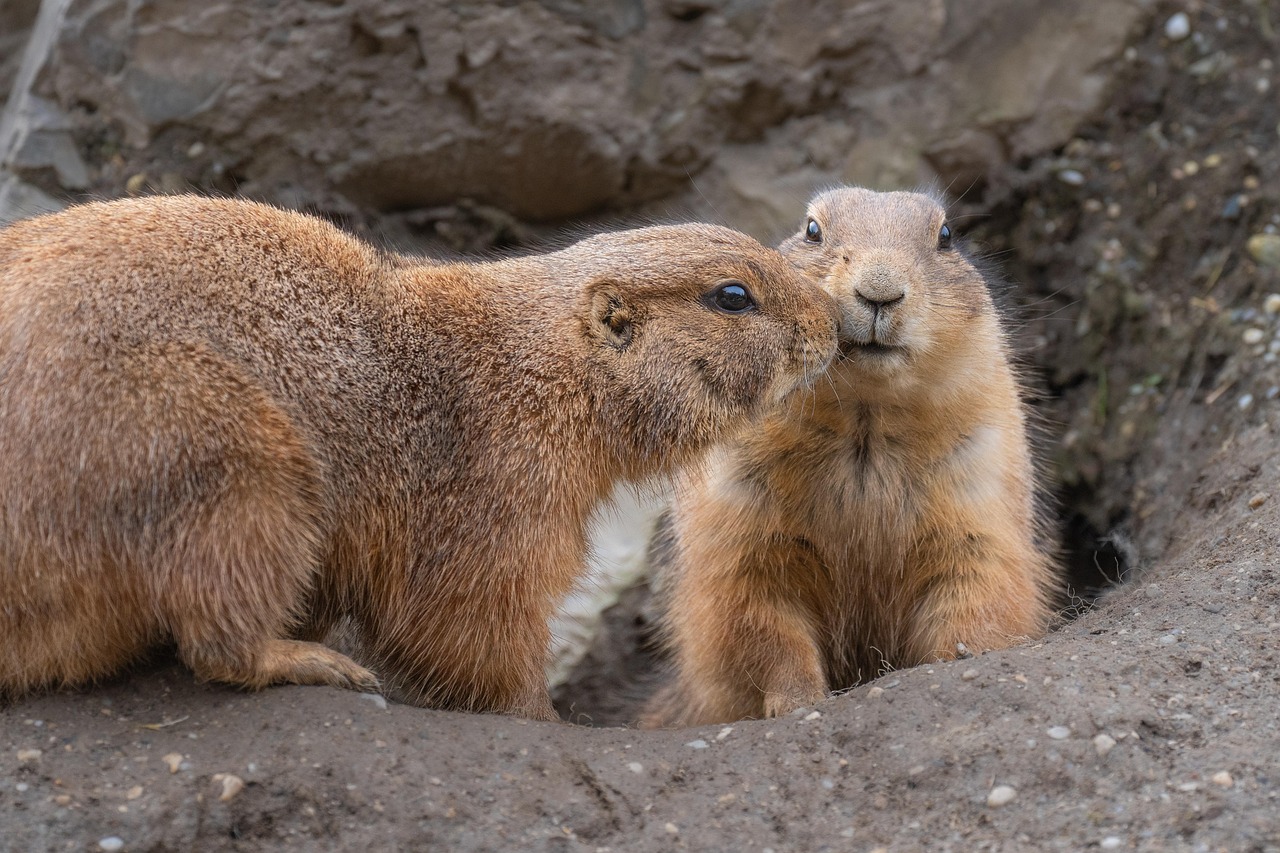Understanding the Behavioral Dynamics of Prairie Dogs: A Hidden Lens into Their World
For a creature that inhabits a seemingly simple environment, prairie dogs maintain an intricate society with complex social structures and language systems. While many may view them as mere residents of North American grasslands, these rodents possess remarkable ecological and behavioral traits that make them a fascinating study subject.

The Prairie Dog: A Closer Look
Prairie dogs, despite their name, are not dogs but rodents. They belong to the squirrel family and are native to North America. Their name derives from their warning call, which bears a resemblance to a dog’s bark. Known for their social structures and complex communication systems, prairie dogs have captivated the attention of animal behaviorists and ecologists alike.
Prairie Dogs: Social Butterflies of the Grasslands
Prairie dogs live in large colonies or “towns,” which can span hundreds of acres. They form structured family groups called coteries, typically consisting of one male, several females, and their offspring. These coteries form the basic social unit within a colony and reveal the prairie dogs’ intricate social dynamics.
Decoding Prairie Dog Communication
Prairie dogs have one of the most sophisticated animal languages. They use a variety of calls, each representing specific dangers like hawks, humans, or snakes. Recent studies have even suggested that their calls might include descriptive details like size, color, and speed. This advanced communication system allows prairie dogs to alert their community about potential threats, showcasing their remarkable social coordination.
Prairie Dogs and Ecosystem Impact
Prairie dogs play a crucial role in maintaining grassland ecosystems. Their burrowing activities aerate the soil, encouraging plant growth. Their colonies also provide shelter and food for other wildlife, including burrowing owls, black-footed ferrets, and rattlesnakes. Despite their ecological importance, prairie dog populations have significantly declined due to habitat loss and extermination campaigns, raising critical conservation concerns.
Prairie Dogs: A Market Overview
Although prairie dogs are occasionally kept as pets, their complex social needs make them unsuitable for conventional pet ownership. Their price range can vary, with costs typically falling between $50 and $200. The market for prairie dogs as pets is relatively small, largely due to the specialized care they require.
In conclusion, prairie dogs, with their intricate societies and complex language systems, offer a fascinating window into the behavior and ecology of grassland animals. These creatures, often overlooked or misunderstood, play a crucial role in our ecosystem. Understanding their behavior and social structures can not only enrich our knowledge of animal behavior but also contribute to the larger goal of wildlife conservation.




